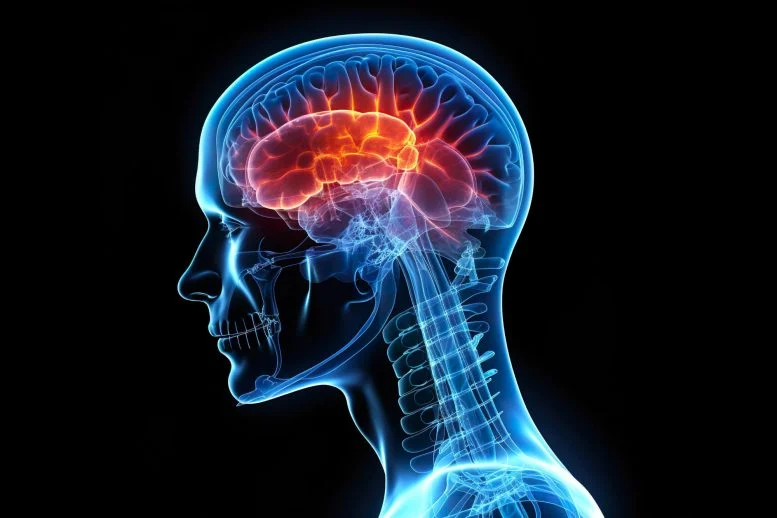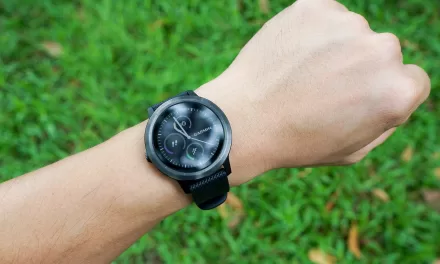New Delhi, Oct 30 — As the world observes World Stroke Day, medical experts have highlighted the unique risks women face regarding strokes compared to men. Strokes are a leading cause of disability and death globally, but according to the American Stroke Association, strokes are especially dangerous for women, ranking as the third leading cause of death among females and responsible for higher mortality than in men.
On this occasion, Dr. Atul Prasad, Principal Director and Head of Neurology at BLK-MAX Super Speciality Hospital, and Dr. Sumit Singh, Chief of Neurology at Artemis Hospitals, spoke to IANS about the complex interplay of factors contributing to this higher stroke incidence among women.
Hormonal Influences and Life Expectancy: Key Risk Factors
Experts indicate that hormonal changes brought on by pregnancy, oral contraceptives, and menopause are significant contributors. Dr. Prasad explains that women’s longer life expectancy exposes them to age-related health risks for extended periods, making them more susceptible to stroke. The use of oral contraceptives and the onset of menopause further elevate stroke risks, particularly when these hormonal changes intersect with conditions like hypertension and heart disease, including atrial fibrillation, an irregular heart rhythm that affects many women globally.
“Women with a history of migraine with aura, for instance, have a heightened stroke risk, especially when smoking or oral contraceptive use is involved,” Dr. Singh added. He noted that preeclampsia—a pregnancy complication associated with high blood pressure—can also double stroke risk after childbirth, a condition that often goes unmonitored long-term despite its potential health impacts.
Atypical Symptoms Delay Diagnosis and Treatment
Dr. Singh stressed that the symptoms of stroke in women often differ from the classic indicators, making timely diagnosis challenging. While common symptoms like sudden weakness, facial drooping, and slurred speech are known across genders, women may experience less typical symptoms such as fatigue, general weakness, nausea, and dizziness. In some cases, symptoms like hiccups and disorientation can mask the condition, delaying recognition and medical response, which can significantly worsen outcomes.
“Such uncommon symptoms often lead to delayed judgment or misdiagnosis, making rapid intervention difficult and increasing the likelihood of adverse outcomes,” Dr. Singh said.
The Importance of Gender-Specific Rehabilitation and Prevention Strategies
While treatment protocols for ischemic stroke are largely consistent for both men and women, Dr. Prasad underscored the need for gender-specific rehabilitation programs that account for women’s unique challenges during stroke recovery. According to Dr. Prasad, post-stroke recovery outcomes for women are often less favorable, with higher rates of depression, cognitive decline, and prolonged recovery times. He advocates for a more holistic approach to recovery that incorporates mental health support, social integration, and personalized physical rehabilitation for women.
Prevention Tactics Tailored for Women
Preventive strategies, including blood pressure control, cholesterol management, smoking cessation, and healthy lifestyle choices, remain foundational in stroke prevention for both genders. However, Dr. Prasad emphasized that women who take birth control pills or undergo hormone replacement therapy (HRT) should regularly monitor their stroke risk. He also recommended that women with a history of preeclampsia receive long-term follow-up to catch any developing risk factors early.
World Stroke Day serves as a crucial reminder of the unique risks faced by women, urging both awareness and proactive healthcare measures tailored to their specific health needs.












